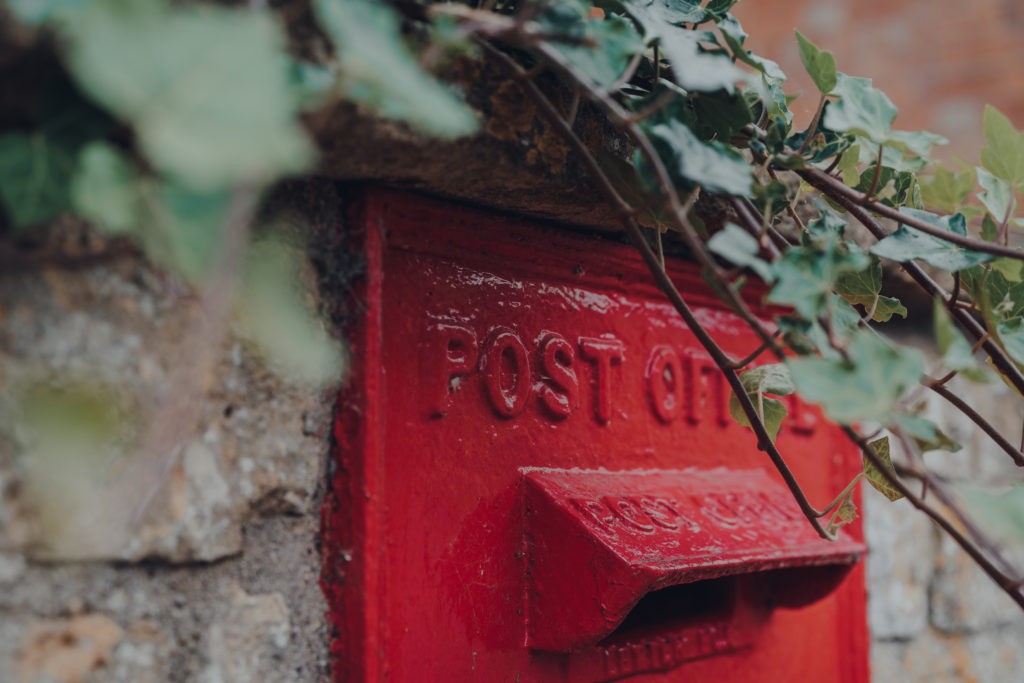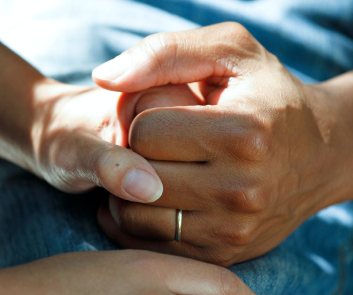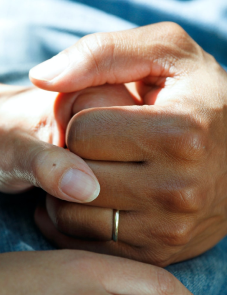Wills, death registration and funerals have been completely uprooted by the COVID-19 pandemic. At Life Ledger, we want to help navigate the difficulties that COVID-19 has presented, particularly for those who need to register a death.
New and ever-changing restrictions make it difficult to know what can, can’t, should and shouldn’t be done. Death registration is an essential process, which we are legally obliged to follow.
But, what happens now that you can’t go into the Register Office? How can you complete registration, while still adhering to all legal requirements?
In this article, we have provided our guide to registering a death, outlining how the process will be impacted by COVID-19 lockdown restrictions, and how you can register a death while adhering to current guidelines.

What does it mean to register a death?
When you register a death, you provide the Registrar of Births, Deaths and Marriages with notification of a death. They then create an official record of the death.
For English, Welsh and Northern Irish citizens, it is essential that you complete registration within five days of the death. For Scottish citizens, you have a slightly longer timeframe of eight days to do so. Take note that not registering a death is a serious criminal offence.
It is, primarily, the deceased’s close family who is responsible to ensure that the death has been registered. As such, the registration is typically completed by the deceased’s spouse, one of their children, a parent or a sibling, where appropriate.
If the family cannot complete the registration, for whatever reason, then the death may also be registered by:
- A witness to the death
- An executor
- The individual in consultation with the funeral directors
- The funeral director themself
- A hospital administrator (working at the hospital where the death occurred)
- If the death occurred in a house, another occupier of this house
- If the death occurred in a care home, the owner or another occupier of the care home.
Note that, if the death has been referred to a Coroner, then you will need to wait for their permission before you can officially register the death.
The process starts with a Medical Certificate of Cause of Death issued by a doctor. If the death happened in a hospital, this will most likely be issued by the attending doctor and the certificate will be produced by the hospital. Alternatively, if the death occurred at home or in a care home, the certificate will probably be issued by the deceased’s GP.
Once the Medical Certificate of Cause of Death has been produced, you can contact the Registrar and formally register the death.
How does lockdown affect the death registration process?
Naturally, one of the key changes that lockdown will implement on the death registration process is the fact that in-person services won’t be available.
In addition to this, several online or telephone alternatives to the usual registration process have been put in place. The most notable of these changes are:
- Rather than issue a paper copy, doctors will now send an electronic copy of the Medical Certificate of Cause of Death.
- When in lockdown, the majority of Registry Offices close. As a result, in-person appointments won’t be available. Instead, you can register the death either via email or telephone.
To find out the death registration procedure when in lockdown for your area, visit your local council website.

How to register a death during lockdown
Firstly, you will need to contact your local Registry Office. You can do this through phone or email, depending on the preferences of your local council. This will begin the registration process.
When calling, or completing the information online, you should have the following information to hand:
- The Medical Certificate of Cause of Death
- Your own personal contact details
- The deceased’s full name and any details of a name they previously used
- The date and place of their birth
- Their last address and occupation
- If possible, the details of any surviving, or deceased, spouse or civil partner of the deceased
- If the deceased received any benefits, or a state pension
We would also recommend that you prepare copies of the following documents concerning the deceased:
- Birth certificate
- A utility bill, or council tax bill
- Driving licence
- Certificate of marriage, or civil partnership
- Medical card
- Passport, if they held one
Previously, you would have been asked to take these documents to your appointment. So, it is advisable to have them ready and with you when you contact the Registrar.
Then, if you have contacted the Registrar during lockdown, the following steps will be set in motion:
- The Registrar will email a preliminary template to the informant for confirmation and correction.
- Upon approval of these details, the Registrar will add the name of the Informant into the document, adding the word “Transcribed” alongside this.
- A scanned copy of the Certificate of Registration of Death will then be emailed to the Informant. A copy may also be sent to the Funeral Director, if necessary.
- The original Death Certificate will be posted to the Informant. The Informant may also ask for additional copies of the Certificate, if required.
Once the registration process has been completed, you will receive a certificate of burial or cremation (which you will need to provide to the funeral director); a Certificate of Registration of Death; and certified copies of the register entry. Then you will be able to begin notifying all the companies connected to the deceased. Tell Us Once is the service offered by the Government for all public offices. Life Ledger offers the same service but across the private sector.






